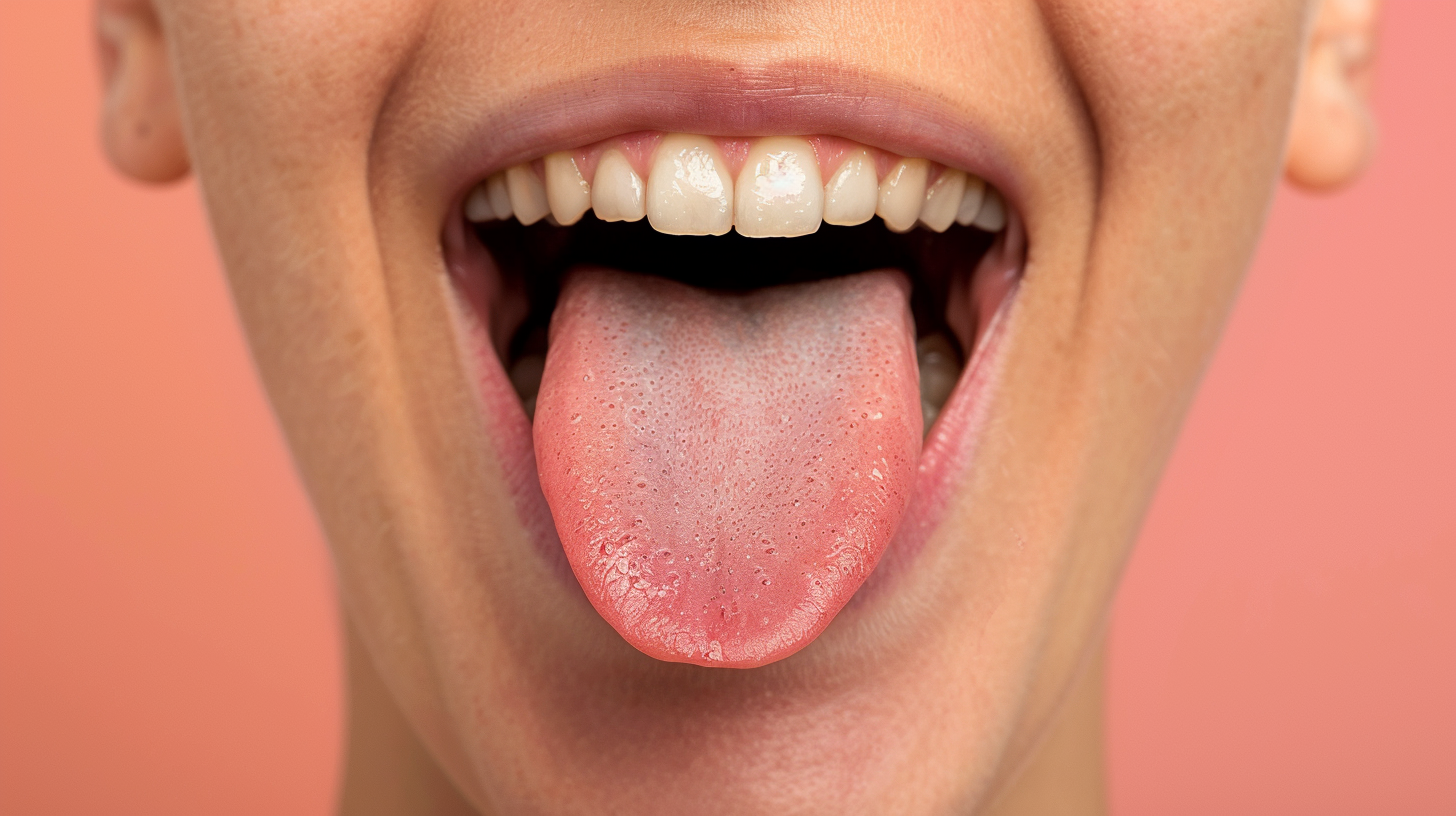Introduction: Your Jaw Pain Might Be a Posture Problem
Temporomandibular joint (TMJ) pain can make everyday activities—from eating to speaking—feel unbearable. But what most people don’t realize is that jaw pain is rarely isolated. It often begins with the spine, airway, and posture.
At BreatheWorks, we specialize in identifying the underlying patterns that drive jaw dysfunction—including how the way you sit, breathe, and chew may be causing the problem.
The Posture–Jaw Connection
Here’s how poor posture contributes to TMJ dysfunction:
- Forward head posture shifts the jaw backward into the joint
- Neck and upper back muscles become tight, pulling on jaw mechanics
- Collapsed posture impairs nasal breathing, increasing jaw clenching and tension
- Low tongue posture disrupts oral equilibrium, causing strain on one or both TMJs
- Poor bite alignment is often compensatory, not just structural
These patterns can lead to:
- Clicking or popping in the jaw
- Jaw locking (open or closed)
- Headaches, especially at the temples or base of the skull
- Facial tension, ear pressure, or tinnitus
- Difficulty chewing or talking for extended periods
Real-World Case: A 38-Year-Old Professional with Jaw Pain and Daily Headaches
This patient reported:
- Persistent jaw clicking
- Daily TMJ headaches, especially by afternoon
- Morning facial tightness and clenching
- Difficulty chewing steak or hard bread
Assessment at BreatheWorks revealed:
- Forward head posture, with collapsed cervical spine
- Mouth breathing during rest and sleep
- Low tongue tone and poor palatal suction
- Hyperactive masseter muscles and restricted jaw opening
Our integrative treatment plan included:
- Myofunctional therapy for TMJ to improve tongue posture and oral balance
- Postural retraining and cervical spine mobility work
- Nighttime nasal breathing protocols to reduce clenching
- Collaboration with a TMJ dentist for splint evaluation
Outcomes after 6 weeks:
- Headaches reduced by 80%
- Jaw tension significantly improved
- No longer avoided chewy foods
- Reported better posture, focus, and energy
Why TMJ Dysfunction Needs More Than a Mouthguard
Splints and dental appliances can help—but without treating the posture, breath, and myofunctional patterns, symptoms often return.
At BreatheWorks, we assess:
- Spinal alignment and head carriage
- Tongue and jaw resting posture
- Breathing mechanics and airway health
- Chewing and swallowing function
- Coexisting issues like sinus inflammation or bruxism teeth grinding
How BreatheWorks Treats TMJ Dysfunction Holistically
✅ Myofunctional therapy for tongue posture, jaw mobility, and chewing coordination
✅ Postural and breath retraining to restore balance and reduce load
✅ Collaboration with TMJ dentists, ENTs, chiropractors, and PTs
✅ Customized exercises for jaw pain relief and prevention
✅ Insurance-covered care in-person or virtually
Signs Your Jaw Pain May Be Postural
- Jaw clicks or shifts during talking or chewing
- Morning jaw tightness or clenching
- Frequent headaches behind the eyes or at the base of the skull
- Slouched seated posture or forward head position
- Tongue resting on the floor of the mouth
- Breathing through the mouth during the day or night
Key Takeaways
- Jaw pain is often a symptom of deeper postural and airway dysfunction
- Forward head posture and poor breathing mechanics worsen TMJ symptoms
- Myofunctional and postural therapy can resolve pain at the root
- BreatheWorks offers interdisciplinary care for long-term TMJ relief



